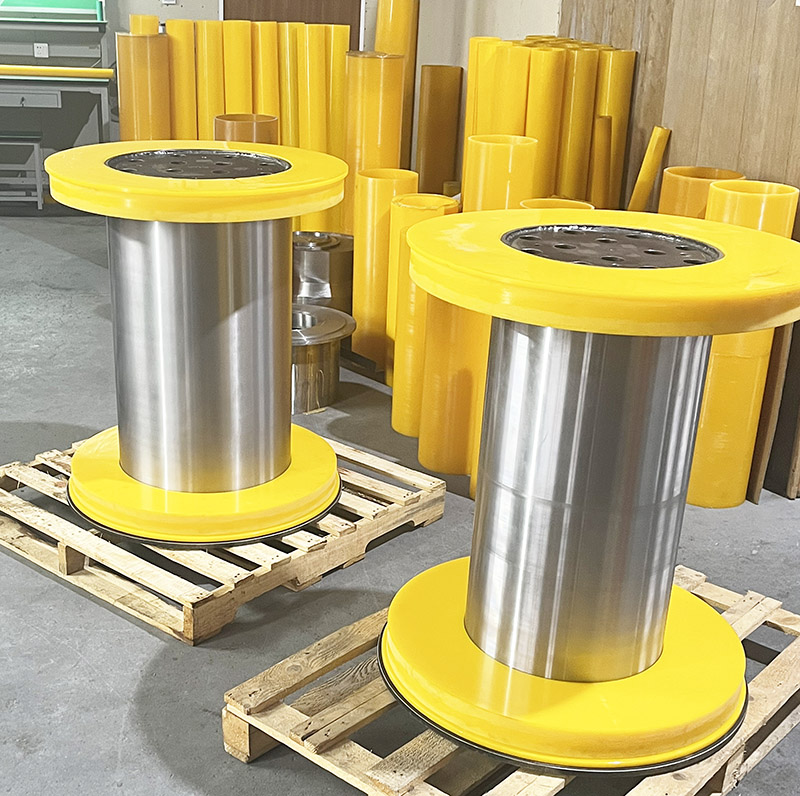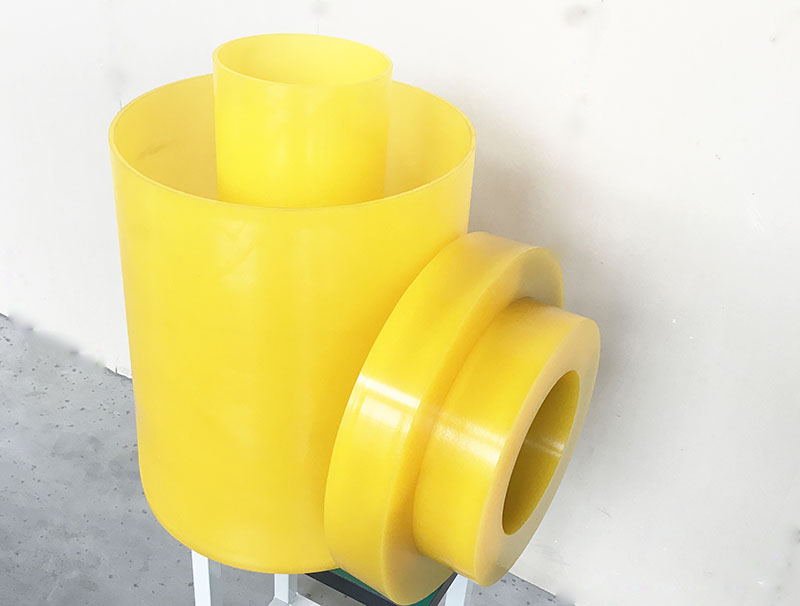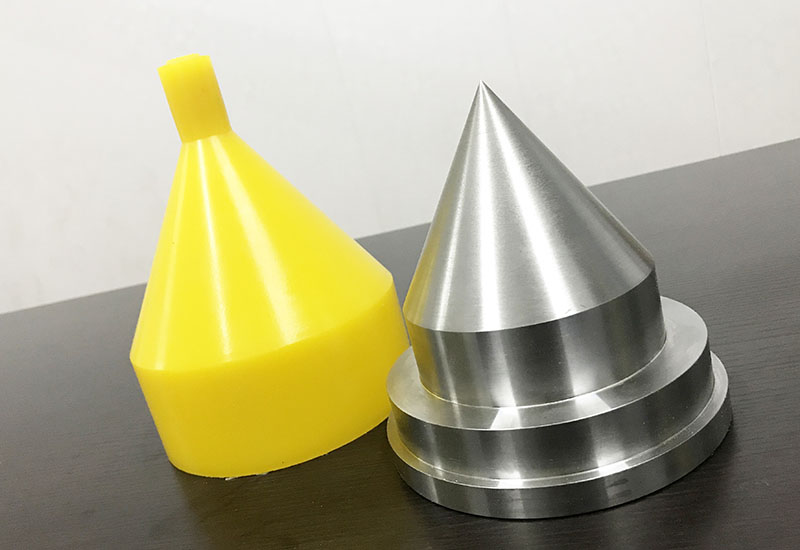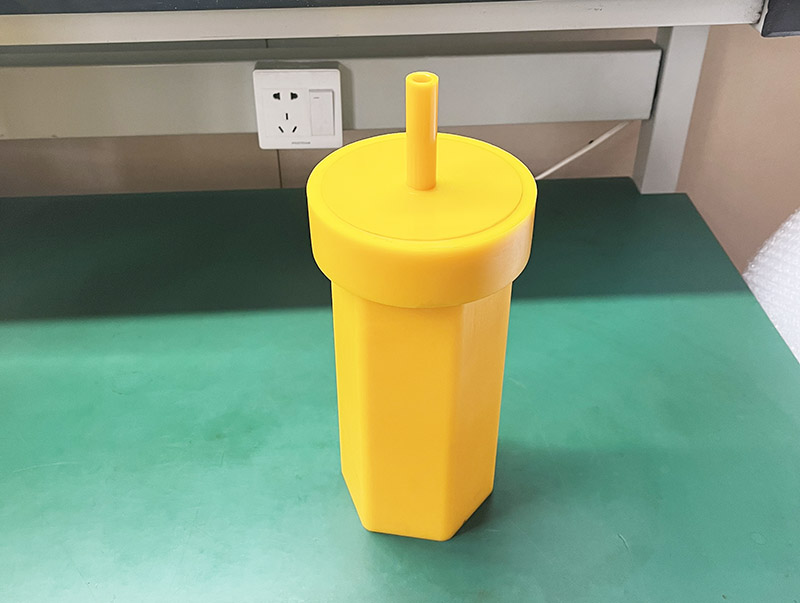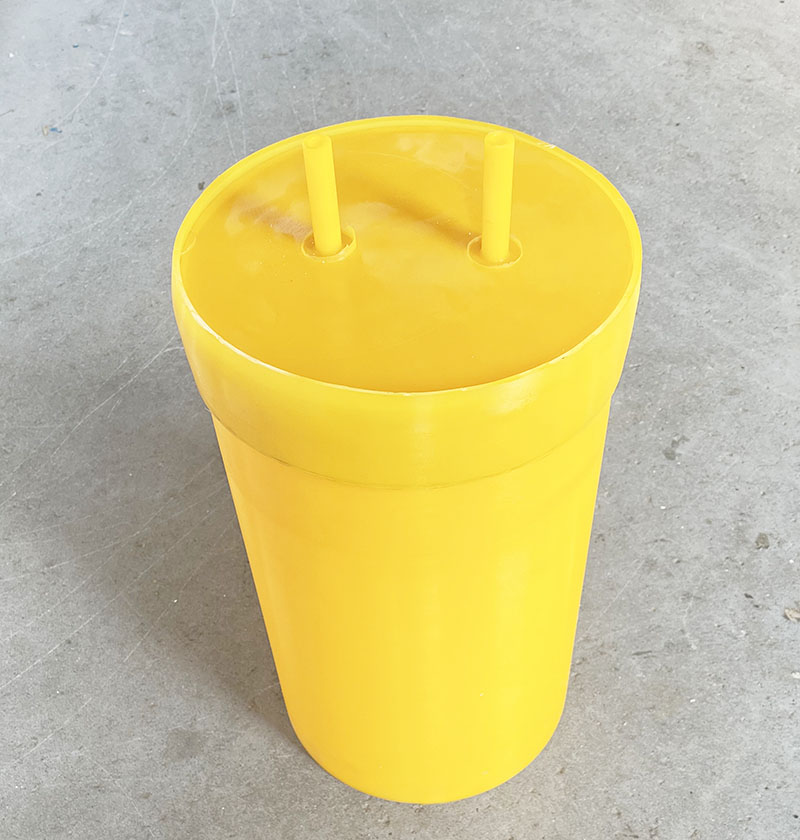Isostatic Pressing
Isostatic pressing (isostatic pressing) is a technology in the field of powder metallurgy with a history of more than 90 years. The actual meaning of the term isostatic pressure refers to a state in which equal pressure is simultaneously applied to a surface-tight material in all directions. According to Pascal's principle, in a closed container, the static pressure generated by the external force acting on the static liquid or gas will be uniformly transmitted in all directions, and the pressure on the surface it acts on is proportional to the surface area.
The traditional powder metallurgy method uses mechanical pressure forming technology, and there are problems such as uneven pressure and uneven product performance. The advent of isostatic pressing has opened up new avenues for avoiding these problems and making products with better properties. In modern industrial production, isostatic pressing technology is mainly used for powder forming and consolidation. In recent decades, with the progress of science and technology, especially the development of hot isostatic pressing technology, isostatic pressing technology is not only a special technology of powder metallurgy, its application has been expanded to atomic energy industry, ceramic industry, foundry industry, tools Manufacturing, plastics and graphite production sectors. With the increasing scope of application and the continuous improvement of function and economic benefits, isostatic pressing technology has begun to receive more and more attention.
Cold isostatic pressing is a technique to achieve isostatic pressing at normal temperature. Usually rubber or plastic is used as the encapsulation mold material, and liquid or elastomer (plastic, rubber, etc.) is used as the pressure medium. When the pressure medium is liquid, it is called liquid isostatic pressure. Among them, the water containing rust inhibitor as the pressure medium is called water isostatic pressure, and the oil as the pressure medium is called oil isostatic pressure. When the pressure medium is an elastomer (such as plastic rubber, etc.), it is called balanced pressing, soft molding or thick-walled molding.
Warm isostatic pressing technology is generally carried out at a temperature of 80-120 °C, and some are carried out at 250-450 °C. Warm isostatic pressing uses a special liquid or gas as a pressure transmission medium (usually oil with a temperature of 80-120°C), and the pressure is about 300MPa. The medium can be heated outside the high-pressure cylinder (that is, in the oil supply tank), and can also be heated with a heating element in the high-pressure cylinder when precise temperature control is required. Usually, the oil that has been heated in the oil supply tank is pumped into the high pressure, and the heating element is used to keep the oil temperature at a stable temperature level, or to heat up and cool down according to the process requirements.
Hot isostatic pressing technology is a process technology that makes materials undergo isostatic pressing under the simultaneous action of high temperature and high pressure. Titanium rods are not only used for the consolidation of powder bodies, combining the two-step operations of forming and sintering in traditional powder metallurgy processes into one-step operations, but also for diffusion bonding of workpieces, elimination of casting defects and production of complex-shaped parts. In hot isostatic pressing, inert gas (argon, nitrogen) is generally used as the pressure transmission medium. Since argon is cheaper than nitrogen and consumes less electricity in the same cycle, the trend of using argon is increasing recently. Liquid metal or solid particles can also be used as the pressure transmission medium for hot isostatic pressing, which can also be called isostatic pressing.
